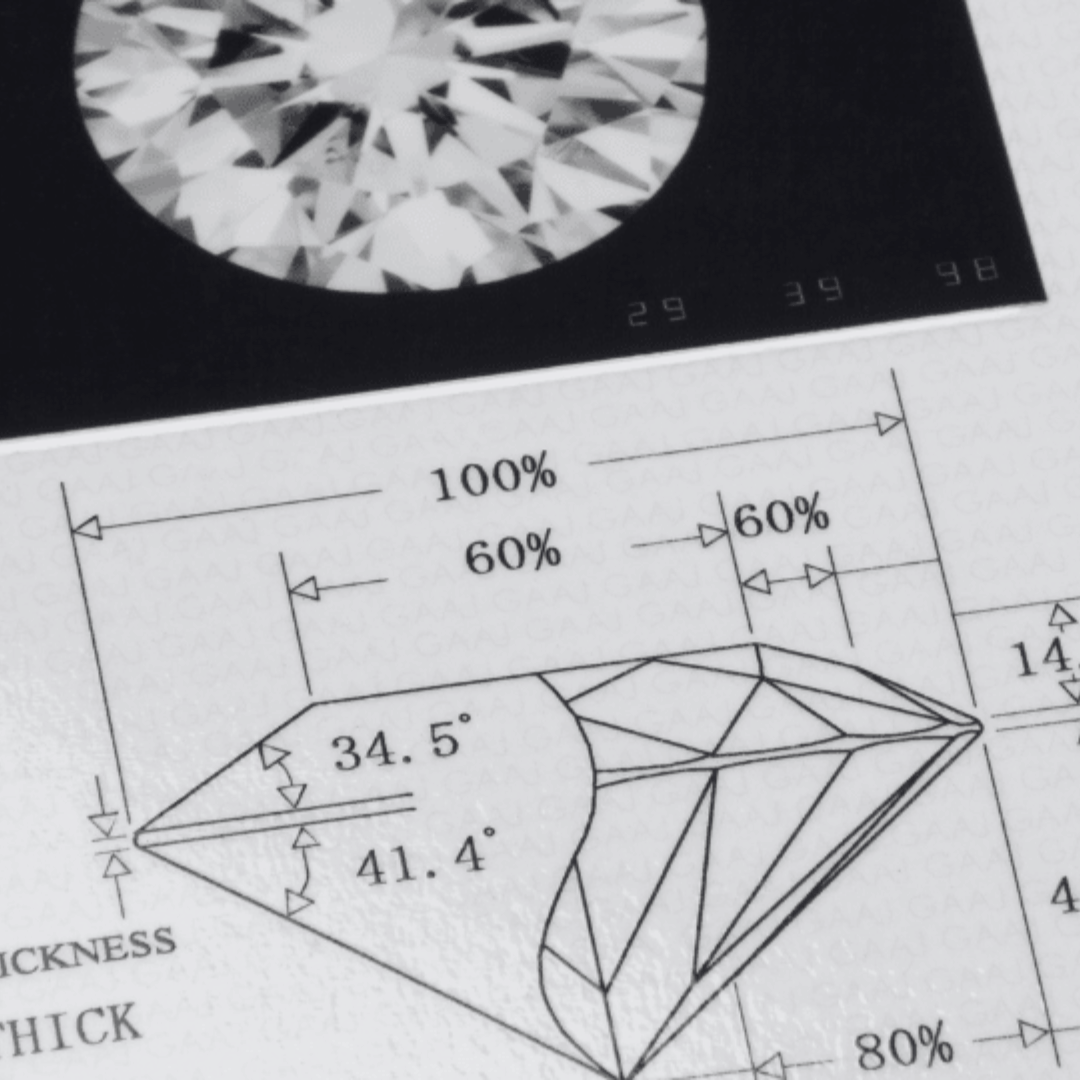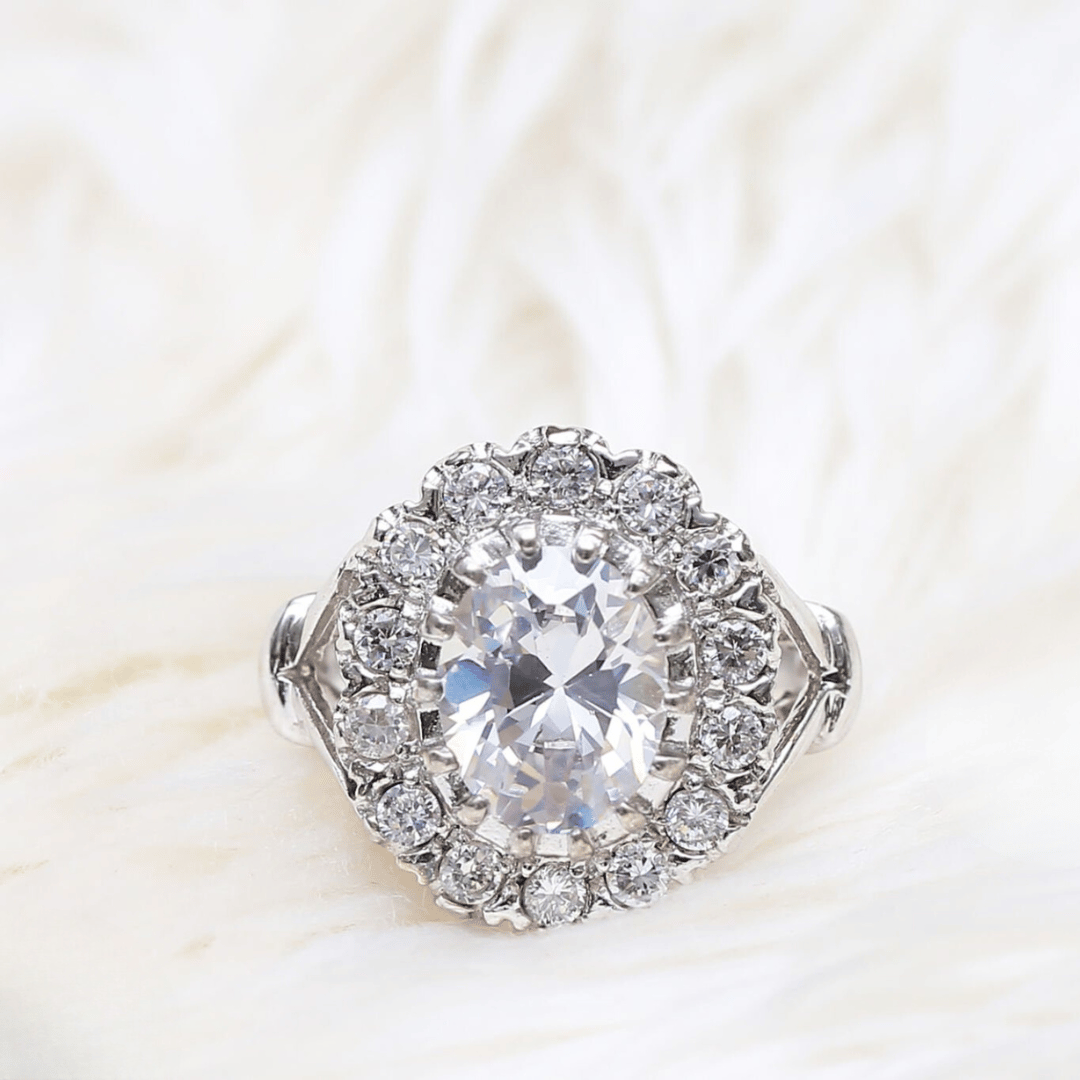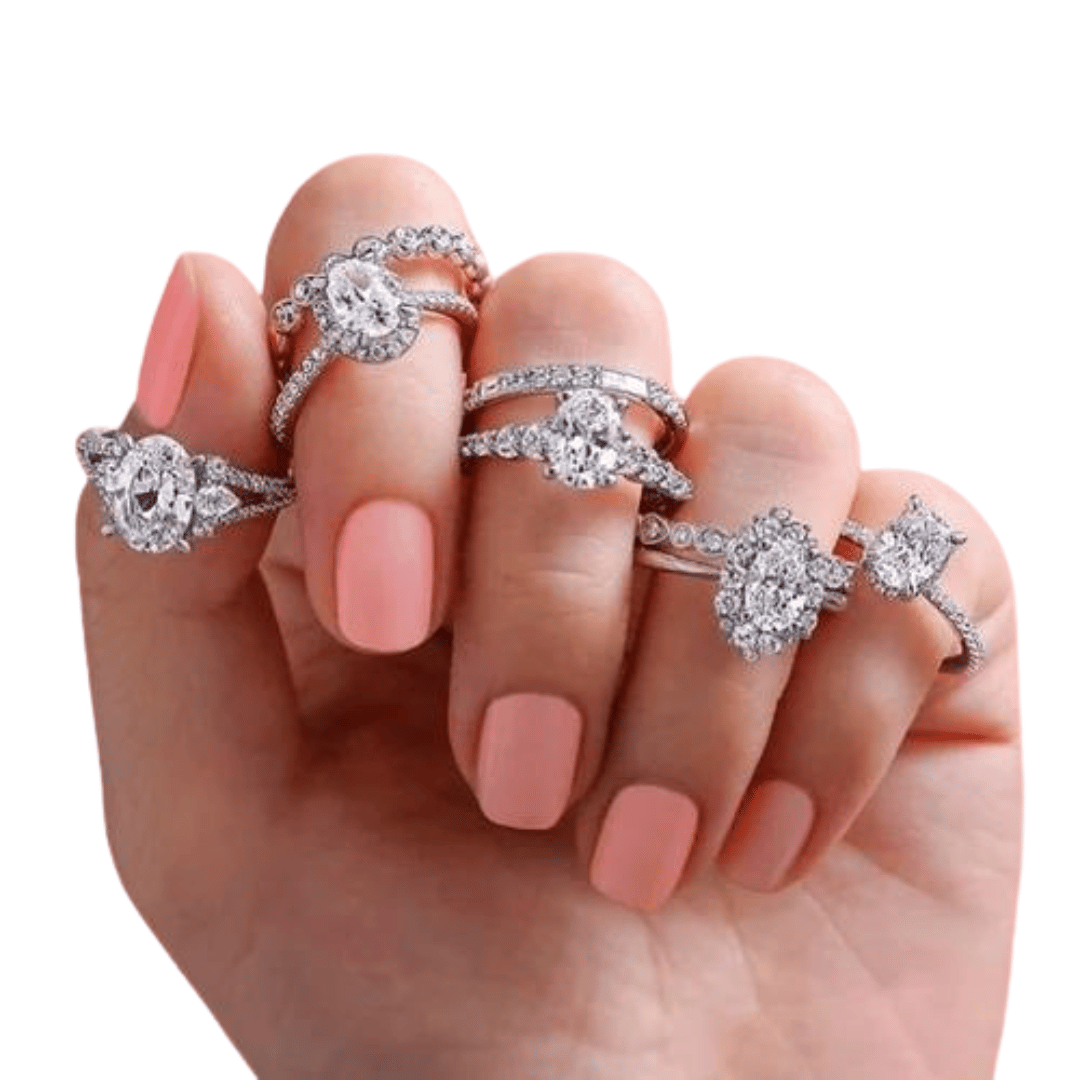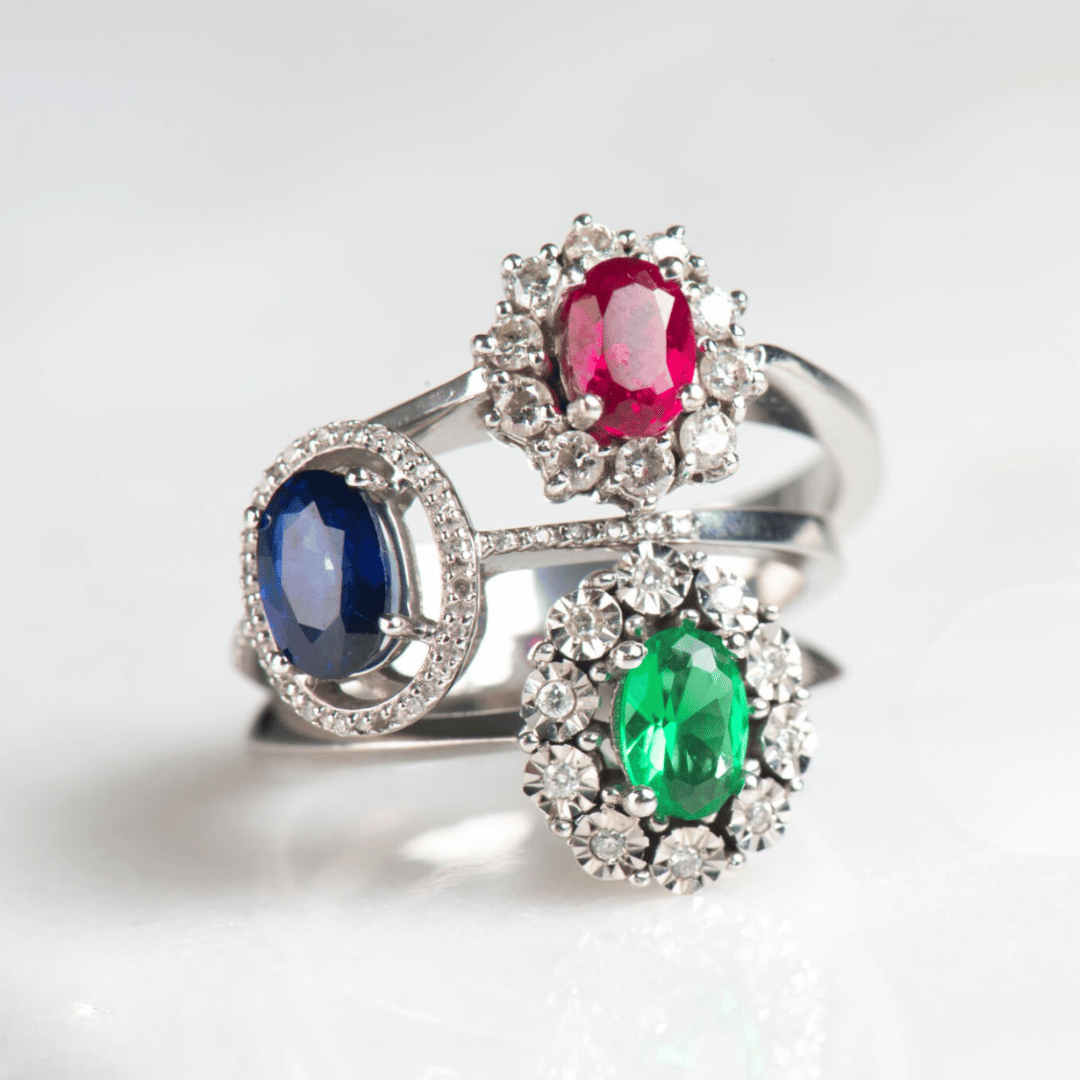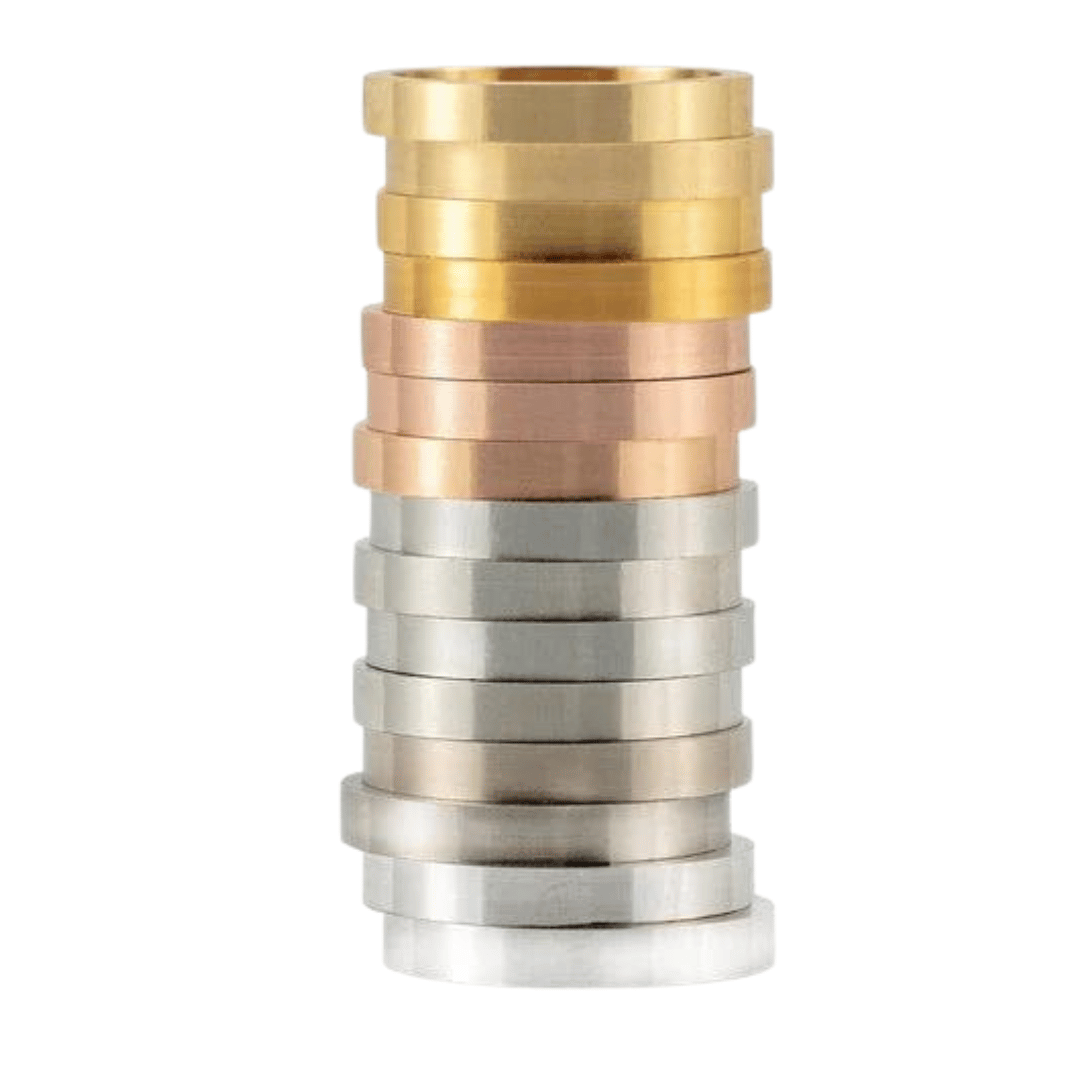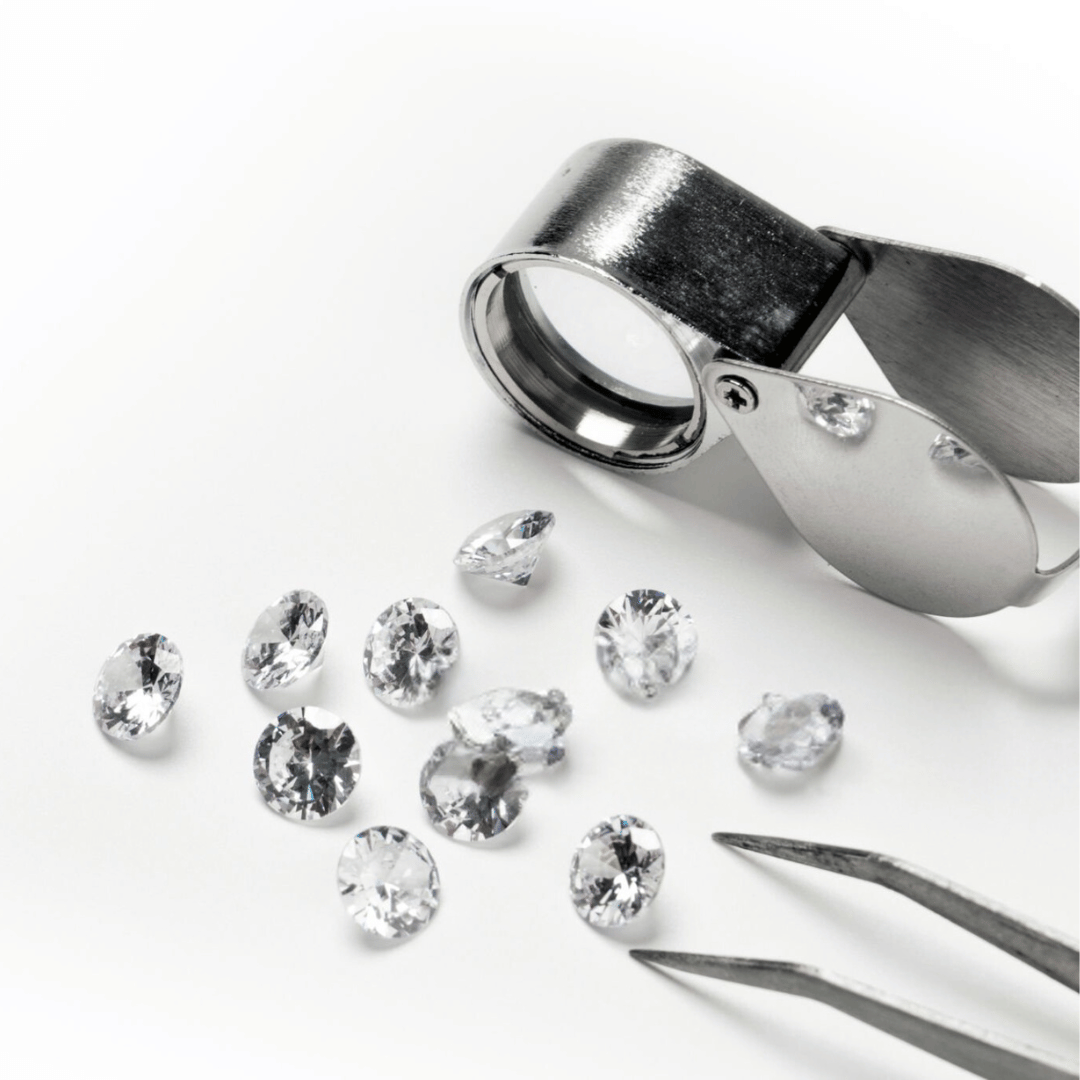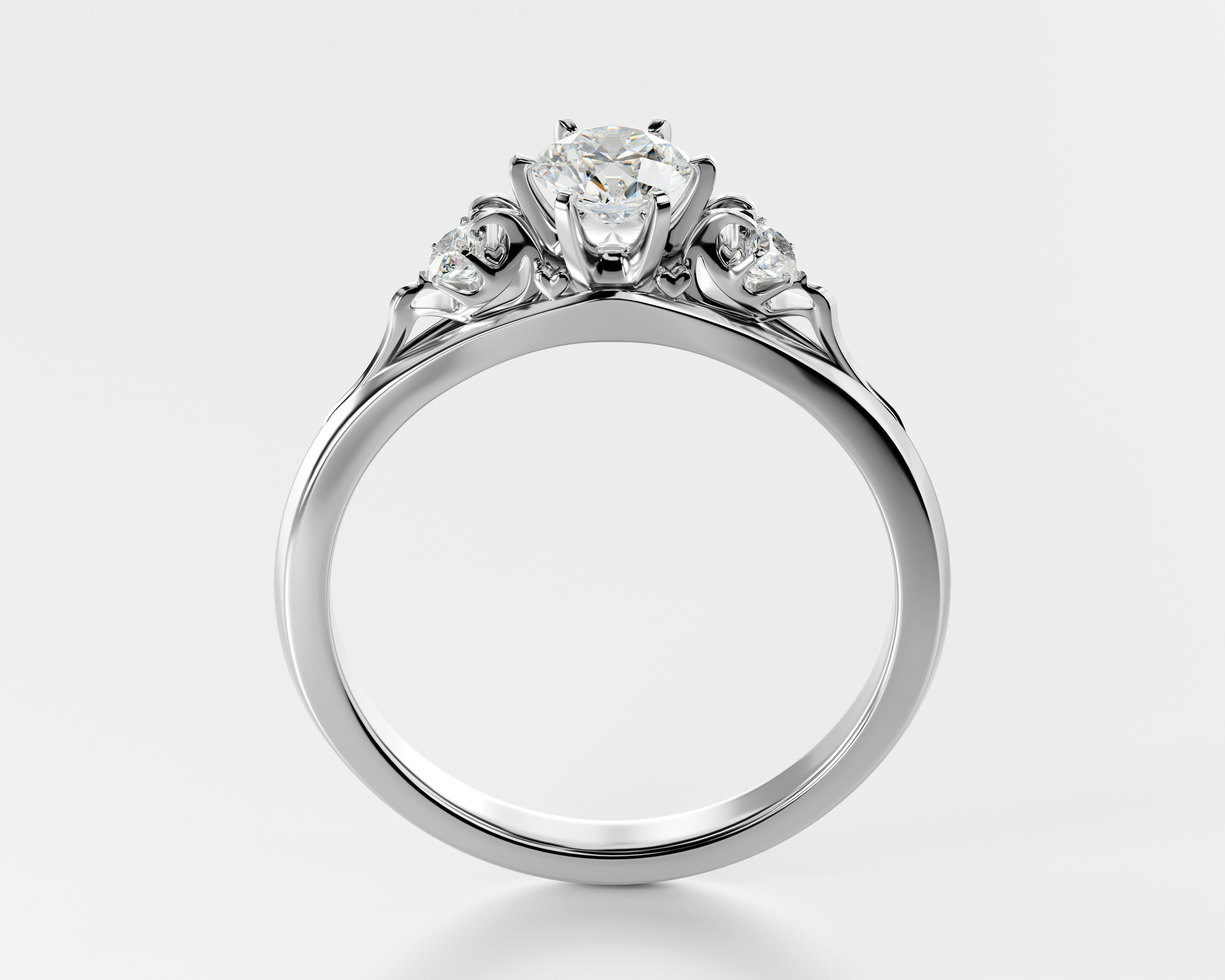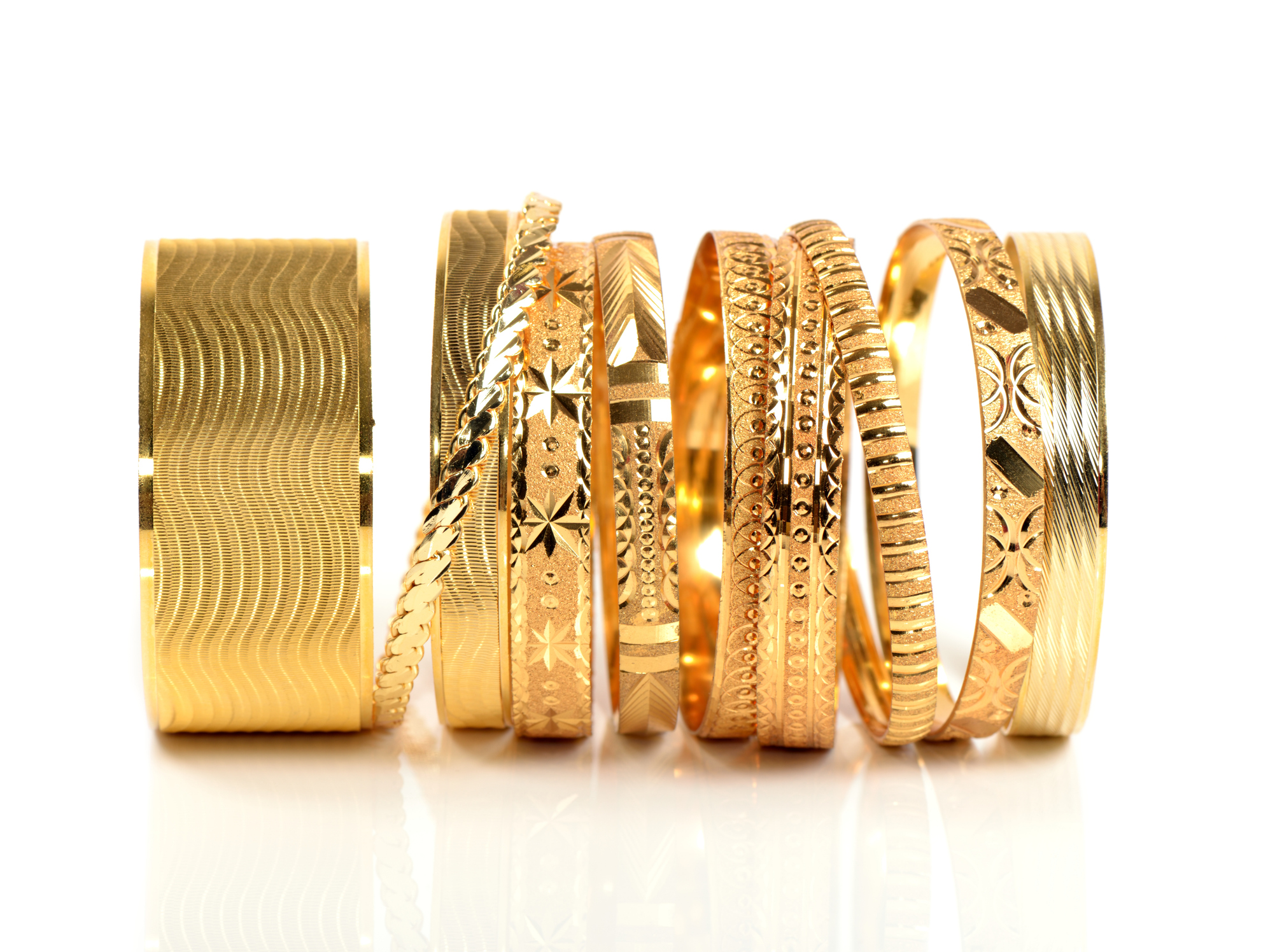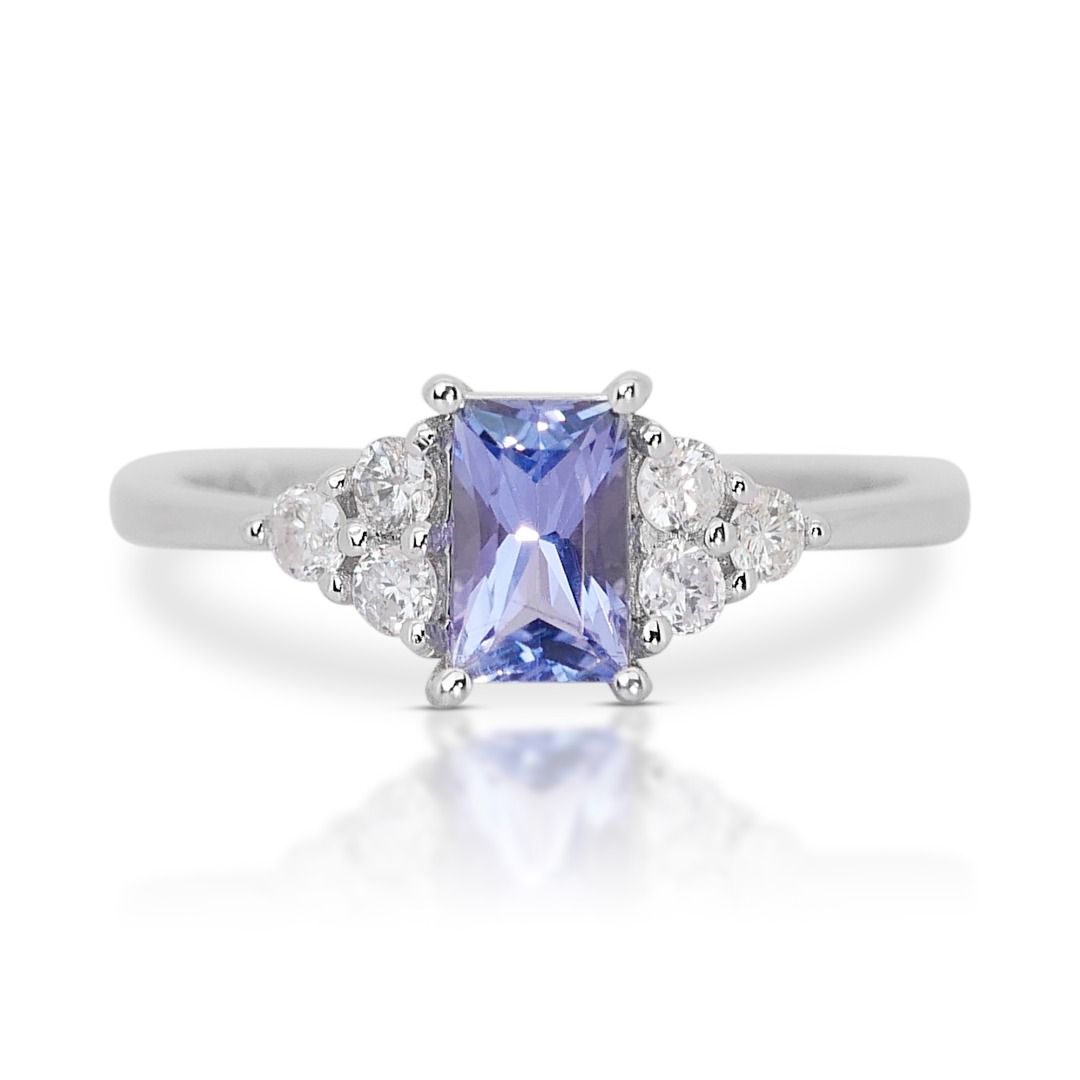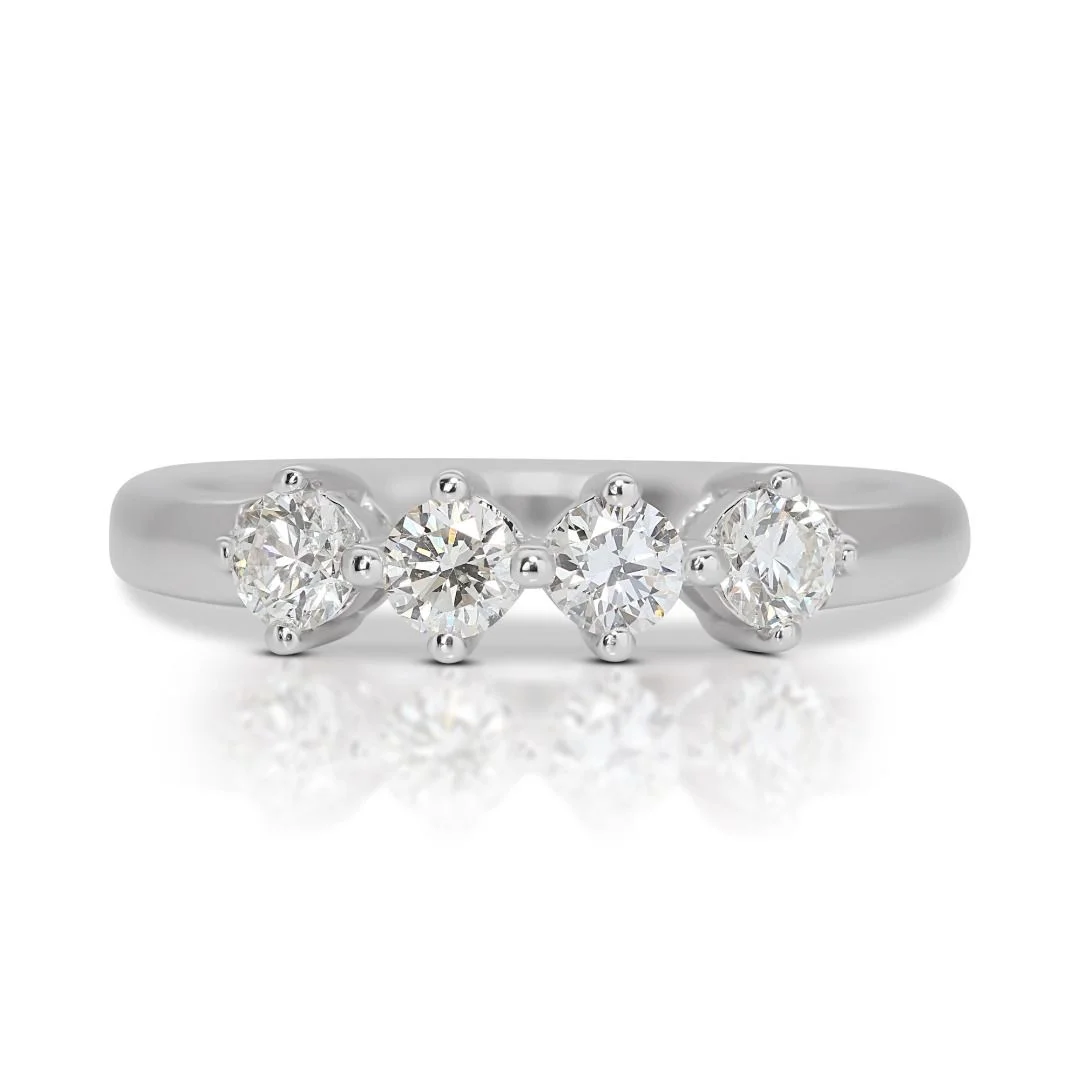GIA Diamond Grading
GIA Diamond Grading
Key Highlights:
- GIA sets the standard for diamond quality grading using the 4Cs: cut, colour, clarity, and carat weight.
- GIA grading is independent, ensuring objective evaluation of a diamond’s quality.
- Look for GIA diamonds and their reports to guarantee a good quality diamond at a fair price.
- GIA reports detail the 4Cs grading, any treatments, and fluorescence of a diamond.
- GIA grading reports are not certificates, but detailed analyses based on the 4Cs.
- GIA uses multiple gemologists and anonymous grading to ensure objectivity.
- GIA grading reports provide peace of mind and are valuable for insurance purposes.
- GIA grading is affordable and recommended for significant diamond purchases.
- Reputable jewellers often stock GIA-graded diamonds and have GIA-trained staff.
Have you ever been curious about what goes into grading a diamond? The process might seem complex, but it’s made simpler thanks to the universal grading system established by the Gemological Institute of America (GIA). This system, known as the 4Cs—cut, color, clarity, and carat weight—provides a clear and standardized way to evaluate a diamond’s quality. What sets GIA apart is its role as an independent authority, ensuring that any diamond graded by them has been assessed by a neutral organization, not influenced by the seller. This impartiality gives you confidence that the diamond you’re considering has been evaluated fairly, helping you make an informed and trustworthy choice.
1. Why Use GIA Grading?
Using GIA’s system is a smart way to ensure you’re getting a high-quality diamond. Whether you’re looking for an engagement ring or another piece of jewellery, understanding GIA grading empowers you to make informed decisions.
2. What Does GIA Do?
- Sets industry standards for diamond quality
- Grades diamonds using the 4Cs and scientific techniques
- Provides educational resources for industry professionals
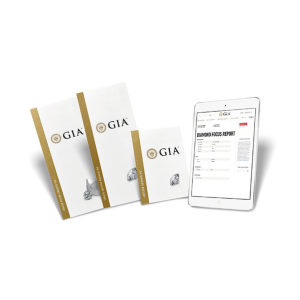
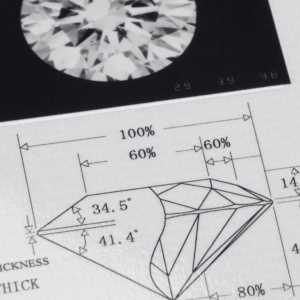
3. What Doesn't GIA Do?
- Mine diamonds
- Appraise stones
- Trade commercially
By remaining independent, GIA avoids conflicts of interest and ensures objective grading. Look for GIA diamonds and discuss their reports with your jeweller to be confident you’re getting a quality stone at a fair price.
4. Are All Diamonds GIA-Graded?
Not all diamonds have GIA reports, but many do. These reports are increasingly important for both buyers and sellers as they provide independent verification of a diamond’s value.
5. How to Verify a GIA Diamond
Ask your jeweller for the GIA report, which should include the diamond’s 4Cs grading and a unique GIA number. This number might also be laser-inscribed on the diamond’s girdle. You can verify the grading online through GIA’s ‘Report Check’ platform.
6. GIA Grading vs. Certification
It’s important to use the correct terminology. A diamond isn’t strictly “GIA-certified” – GIA grades diamonds, not certifies them. Their reports provide a detailed analysis based on the 4Cs, not a statement of value. These reports are available in digital or printed format.
7. How Does GIA Maintain Objectivity?
GIA ensures unbiased grading by anonymizing diamonds. Upon arrival, each diamond is placed in a neutral container with only a barcode for identification. Multiple gemologists independently evaluate the diamond’s cut, color, clarity, and carat weight, reaching a consensus before issuing a final grade.
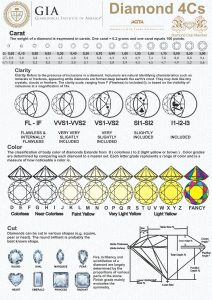

8. Why Do You Need GIA Grading?
When investing in a diamond, GIA grading provides peace of mind with a detailed report on the 4Cs, treatments, and fluorescence. This helps you compare diamonds confidently and make an informed choice. GIA reports also serve as valuable documentation for insurance purposes.
9. How to Get a GIA Grading Report
Anyone can contact GIA to request diamond grading. They have nine laboratories worldwide, but you can often arrange grading through your jeweller who will ensure the diamond is securely shipped and insured. Many diamonds already have GIA reports, so ask your jeweller if one is available for the stone you’re interested in.
10. Do GIA Diamonds Cost More?
A GIA-graded diamond doesn’t necessarily cost more than an ungraded one. The price reflects the diamond’s quality, with the GIA report providing independent verification. To compare prices, focus on diamonds with similar carat weight, clarity, color, and cut. The GIA report’s cost is minimal compared to the overall price of the diamond.
11. Where to Buy GIA-Graded Diamonds
Many reputable jewellers exclusively offer GIA-graded diamonds, ensuring both quality and transparency. Look for retailers who use GIA-trained staff and feature GIA-graded stones in their collections. Online retailers can also provide GIA-graded diamonds. For significant purchases like engagement rings, the diamond’s beauty and the assurance of a GIA report are equally crucial.

Conclusion
Understanding GIA diamond grading empowers you to make informed and confident decisions. The GIA grading system evaluates diamonds based on the 4Cs: cut, color, clarity, and carat weight. This objective assessment ensures that the diamond you’re considering has been evaluated without bias, offering you a clear understanding of its quality.
The detailed GIA report allows you to verify the diamond’s attributes and compare it effectively with others. This is crucial when making a significant purchase, such as an engagement ring, where quality and value are paramount. The report serves as an independent verification of the diamond’s qualities, giving you peace of mind that you’re getting a high-quality stone for your investment.
By requesting a GIA report, you’re not just ensuring the quality of your diamond but also making a smart choice. The cost of the GIA report is relatively small compared to the overall price of the diamond, yet it provides essential information that can significantly impact your decision. So, embrace the power of GIA grading and make your diamond purchase with confidence and clarity.


